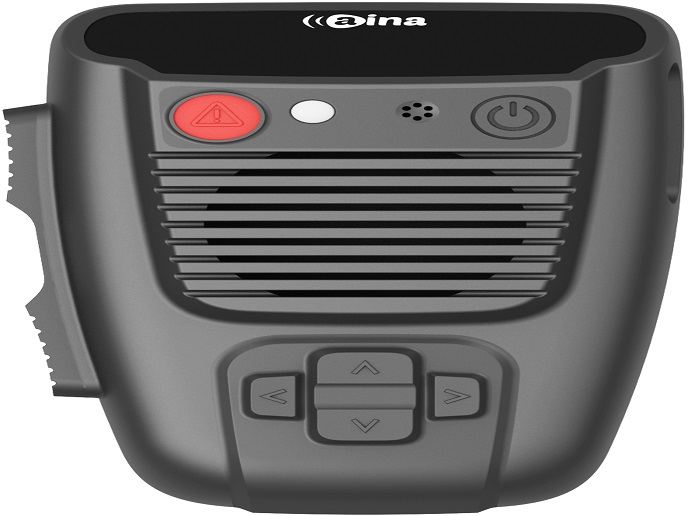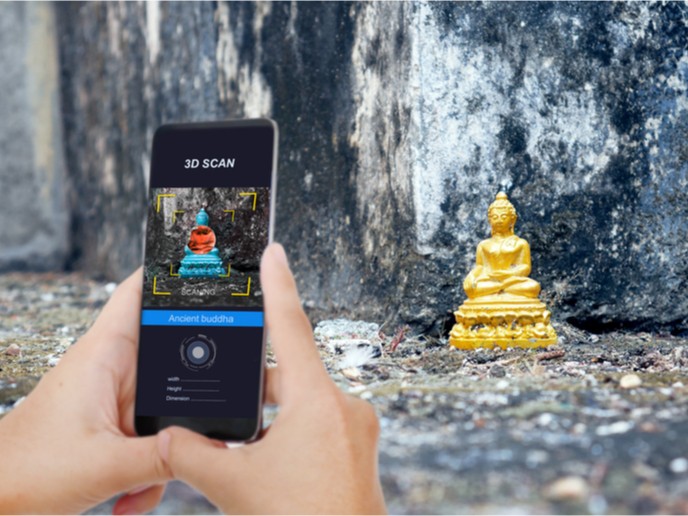Device combines traditional walkie-talkies with mobile broadband to better protect society
Push-to-talk (PTT), the technology that lets you talk to someone walkie-talkie style, is one of the most important tools for law enforcement and emergency services. Although smartphones can run versatile apps, switching from walkie-talkies to PTT smartphone apps isn’t enough for these types of users. There are millions of PTT app users on iOS and Android phones and tablets, but they aren’t loud enough or suited for use while on the job. They also damage easily.
Combining radio resilience with smart technology versatility
For these reasons, many PTT app users need Bluetooth accessories to replicate the radio experience. However, the system integration of phones, apps and accessories from different vendors often leads to malfunctions or poor customer service if any issues arise. While some phone makers offer rugged phones, they still aren’t suited for harsh environments or for hands-free use. The EU-funded IPCOM project is “driving the convergence of walkie-talkie radios with modern mobile broadband technology by developing rugged and loud wireless communication devices specially designed for mission-critical PTT over Internet Protocol,” says coordinator Maximilian LeRoux. “In practice, smartphones are of little use for public safety personnel, because they can’t chase a criminal and operate a touchscreen phone simultaneously,” he explains. “Remote speaker microphones are indispensable.” For this reason, many professionals continue using walkie-talkie radios for PTT despite the high costs, and use a smartphone for everything else. AINA has built “the most sophisticated Bluetooth speaker microphone on the market,” adds LeRoux. The phone can be left in a safe place and still stay connected at all times. “By doing this, we realised that the phone becomes a mere network router. That’s when this project came to life, and we wanted to move the network connection – long-term evolution (LTE) network and SIM card – to the speaker microphone itself.” This will provide the ease of use that professionals are looking for and have appreciated in land mobile radio systems. “There’s only one device to charge, you turn it on and it works – it’s that simple.”
All-in-one market-disrupting device
Some of the LTE products are the same bulky radios as before, only instead of using a radio network, they use LTE. “Zero innovation,” he says. “IPCOM’s timing was perfect, the market is ready for a stand-alone LTE-based PTT device.” A key innovation is the fallback solution in case of network failure. On a radio network, there’s a direct mode that users can turn on when a network is down. This allows them to speak from device to device. This backup option is a requirement for many radio users who rely on it, like ambulances going into buildings or disaster relief. The IPCOM team has developed its own proprietary method that allows direct mode operation in a mesh network. “So not only do we provide something many users like first responders need, but we also make it better,” notes LeRoux. The product was launched in 2019. “We are giving public safety and emergency services personnel their radio experience back, but with Internet of things technology,” concludes LeRoux. “They can maintain critical communications while fully exploiting mobile broadband, even when commercial networks fail because of natural disasters or terrorist events.”







